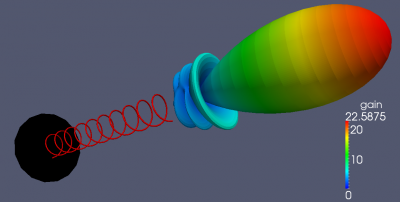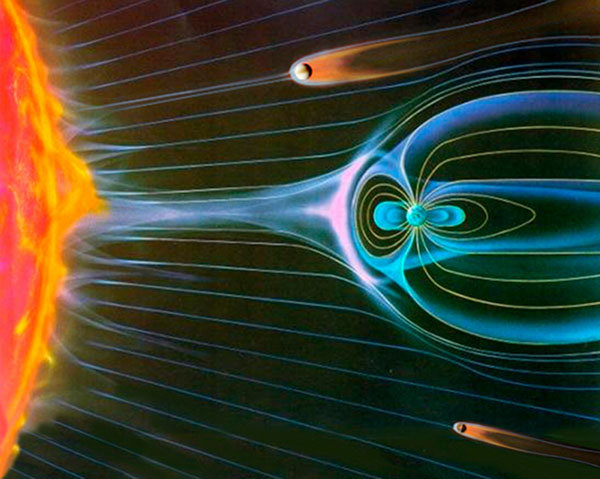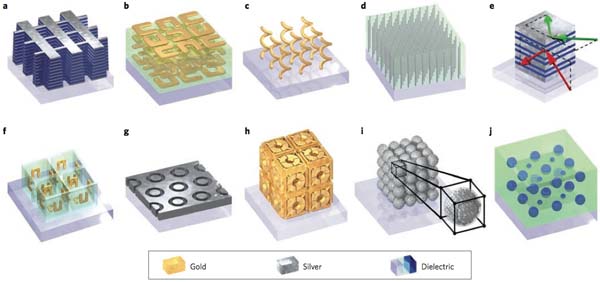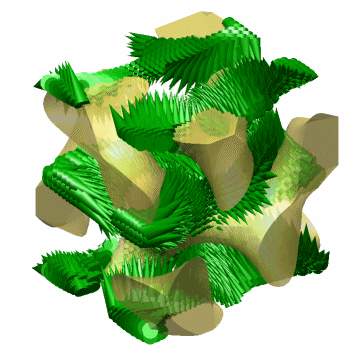





This course is designed to broaden your perspective and deepen your understanding
of time-dependent electromagnetic phenomena. You will develop
a thorough understanding
of the radiation and propagation of electromagnetic fields, and their interaction with matter.
We will also explore the intimate relation between Maxwell's
theory, which unites electricity, magnetism and light,
with Einstein's theory of special relativity, Lagrangian
mechanics, and quantum field theories.
A good command of these topics will lay a firm foundation
for students in any subfields of physics and astronomy to tackle more advanced topics and the research literature.
The emphasis of this course will be on conceptual development, rather than computational
techniques. The students are encouraged to ask questions, participate discussions,
and suggest topics
during the lecture.
Homework projects are due bi-weekly, and make
contact with current research topics. The students will present their
term project near the end of the course. Here are some examples of topics
chosen by students in the previous years:
Textbook:
Classical Electrodynamics, 3rd edition, J. D. Jackson, Wiley
Grades: Homework (50%) + Term Project (50%).
Prerequisite: It is desired that students have already taken Phys 685 (Classical Electrodynamics I), but only a good understanding of undergraduate E&M on the level Griffiths is required.
The lecture will deviate from the order and content of the textbook. The topics are roughly divided into three parts.




